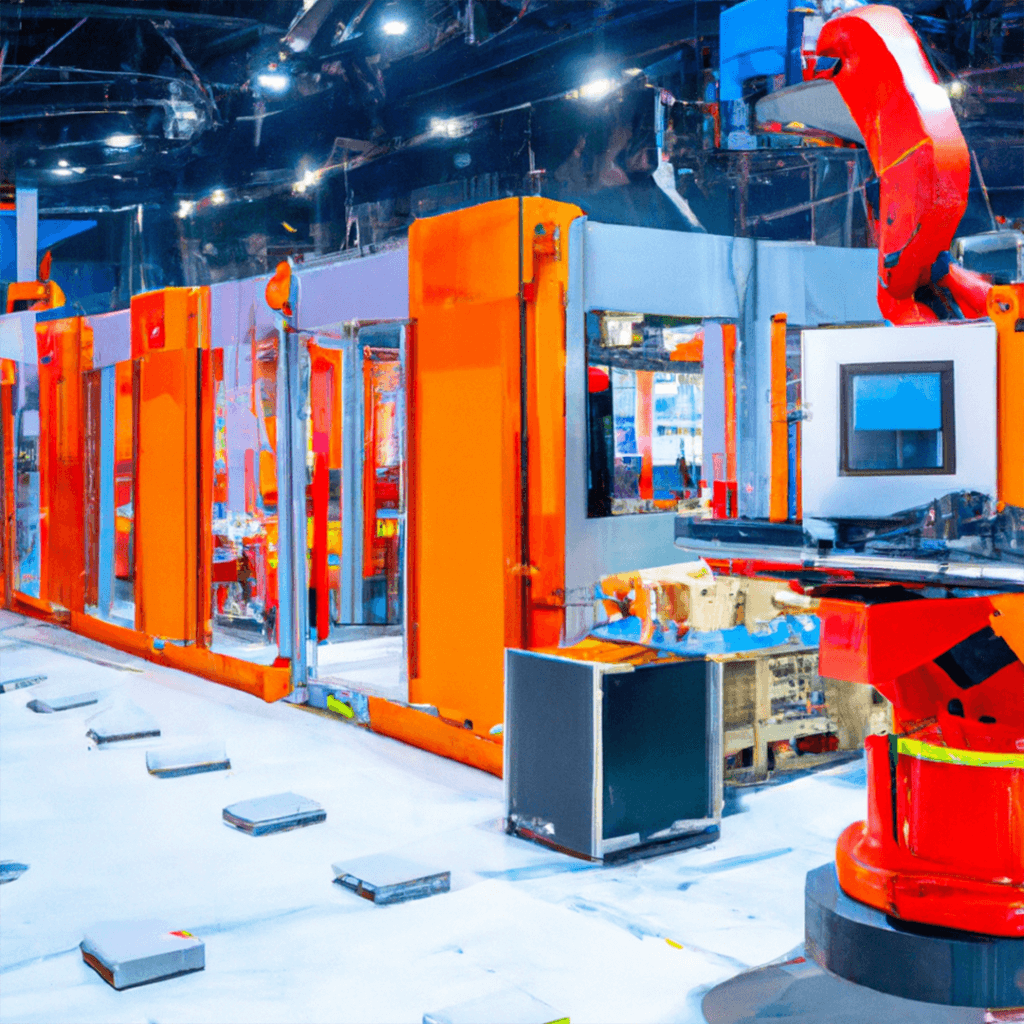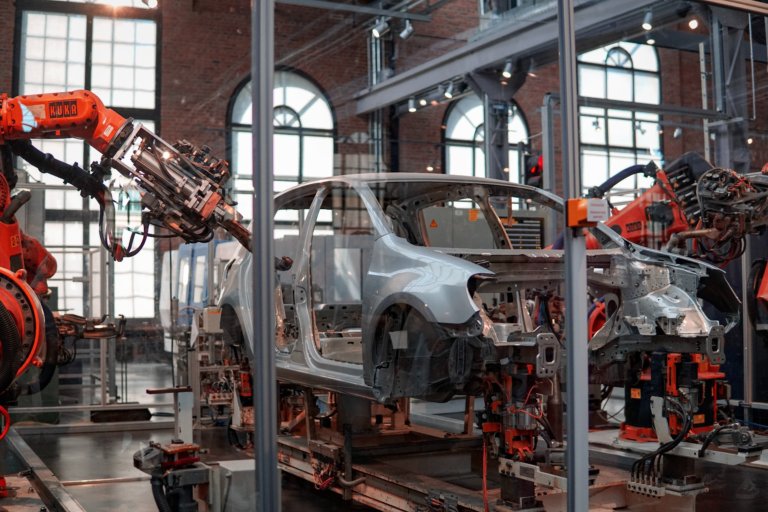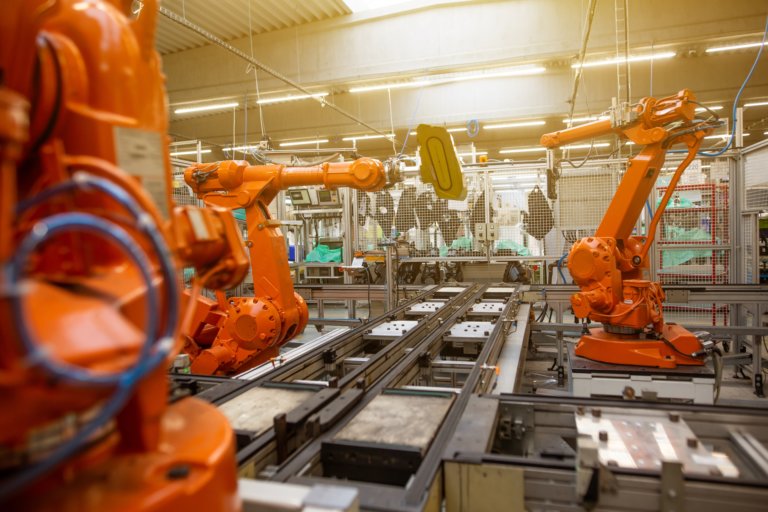The Factory of the Future in the Industrial Metaverse: Utopia or Opportunity?

The requirements for the factory of the future are demanding. It needs to be highly flexible to foster resilience and prevent operation disruptions when facing resource shortages of any kind. This flexibility is crucial to ensure a seamless and uninterrupted production process. These factories need to be efficient, fast, scalable, and ideally controllable from anywhere. Predictive analytics, digital process documentation, and, notably, the management of sustainability, decarbonization, and circular practices are among the top priorities for numerous business leaders. The dawn of the future factory is upon us, with pioneering examples cropping up across diverse industries. What sets these future factories apart from their traditional counterparts is nothing short of transformative, and the journey towards this new frontier is equally distinctive and extensive. Enter the Industrial Metaverse, a visionary concept that has the potential to simplify this evolution by offering a tangible glimpse into what the factory of the future could become.
Could the Industrial Metaverse hold the key to unlocking the full potential of this evolution? Does it provide the necessary elements and parameters that will chart a course towards the factory of the future, outlining concrete steps along the way?
What distinguishes the factory of the future from the factory of today?
Manufacturing and control of production processes in many companies are based on the classic automation pyramid, outlining the data's journey from its source to management. This pyramid maintains a hierarchical structure, ranging from sensors at the bottom, moving up to process signals, process control systems, and control levels, culminating at the plant management and company level. This framework, however, is rigid and fails to capture the full spectrum of activities within a factory.
The factory of the future, on the other hand, is based on intelligent networks that emerge through the interaction of cutting-edge technologies and services. It is through this intricate synergy that the factory gains its agility and efficiency, enabling it to adapt swiftly and inspire groundbreaking innovation. However, the new architecture not only transforms internal operational processes and procedures; it also redefines the roles and responsibilities of individuals within it. Shifting away from production, there's a move towards planning, control, and design of specific components or modules. Product development takes on a more significant role within the value chain. The actual manufacturing work is then automated by the machines. Controls are organized in a decentralized manner, eliminating the need for experts to be physically present for adjustments.
What vision of the factory of the future does the Industrial Metaverse offer?
The Industrial Metaverse is emerging, not with a big bang or as a brand driven by one company. Instead, it is evolving continuously, through incremental changes and applications within an ever-expanding landscape of industrial and tech companies worldwide. While a uniform definition of the Industrial Metaverse remains elusive, there is agreement on the main characteristic: the Industrial Metaverse seamlessly combines reality and virtuality – and that has not existed until now. What one configures on their tablet or computer happens at the same time in the physical factory, forging connections between information and services that was previously not thought possible. This creates transparency and leads to the dismantling of silos. In the Industrial Metaverse, human expertise, machine capabilities, and a range of technologies converge harmoniously—a concept referred to as "hyperconvergence". All these elements point to the disruptive potential of the Industrial Metaverse, a force capable of igniting profound and lasting transformation within the industry.
Designing the factory of the future
The inclusion of 3D elements in the Industrial Metaverse is possible, though not obligatory. What certainly forms an integral part of this digital landscape is the concept of digital twins, which you can read more about in this article. Digital twins mirror the real conditions of the factory in a digital version. This is what makes the Industrial Metaverse so future-proof: the digital twin of the factory can be used to predictively model one or more developments on the basis of historical data and assumptions about upcoming, possible events or desired changes. In this landscape, the "What if…" or "What happens if…" scenarios can be digitally simulated, enabling multifaceted testing of ideas before the physical implementation of machines and factory adjustments. This not only results in substantial efficiency gains but also translates into cost savings and resource conservation, further advancing the cause of sustainability and decarbonization. Another advantage for the factory of the future in the Industrial Metaverse: People can work collaboratively on the digital twin from different locations. Travel is no longer necessary, agility increases, and once again the outcome is a reduction in costs and a substantial contribution to sustainable practices.
Both SMEs and large corporations will benefit from the Industrial Metaverse, especially in situations where work is distributed across multiple locations. It particularly thrives in environments where innovation is a driving force, automation takes a front seat, and there's a need to meet climate protection and sustainability criteria. It's especially valuable in settings where complex, multi-stage production processes are the norm. In every context where the synergy of people, machinery, and technology holds significant importance, the environment is ripe for the Industrial Metaverse to thrive.
Author
Dr. Steven Vettermann, Ascon Systems


